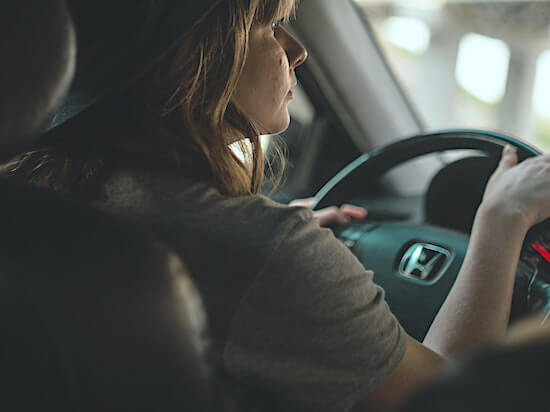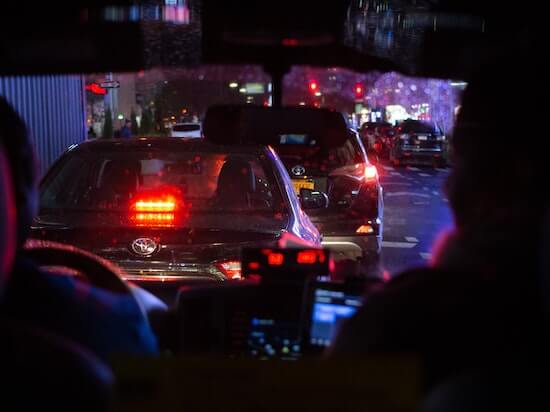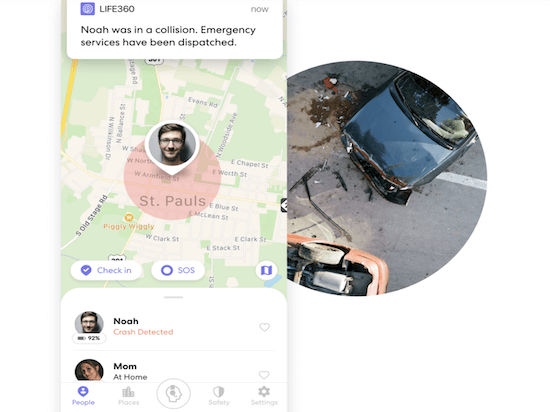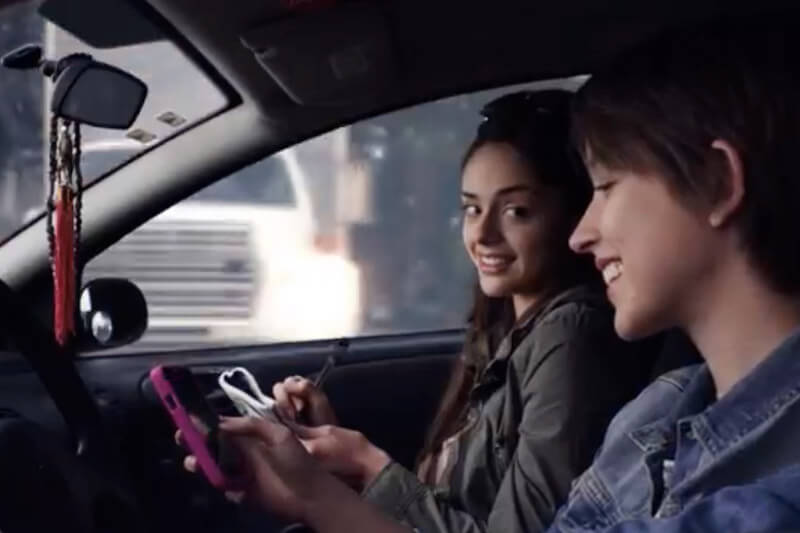Motor vehicle crashes are the leading cause of death for teens in America. In 2017, according to the CDC, 2,364 teens in the U.S. ages 16-19 were killed and about 300,000 were treated in emergency rooms for car crash injuries. Teenagers are three times more likely than 20+ year-olds to be in a fatal crash. Continue reading for an up close and personal look at what some of the most common vulnerabilities are for teen drivers and what you can do as a parent to reduce the risk of danger for your children.
Use eTags© to Quickly Complete Your DMV Service. Renewals, Title Transfers and More, All Online!
The risk of a car accident is highest the first year
For a teenagers, driving inexperience is a substantial vulnerability. In fact, the 2017 National Household Travel Survey found that the crash rate per mile driven is 1.5 times higher for 16-year-olds than it is for 18-19 year-olds. Teenagers are more prone to underestimating dangerous situations, as well as make more critical decisions errors.

As a parent, the CDC suggest you provide 30 to 50 hours of supervised driving over a time period of six months. Experts also recommend you practice together on various roads, during different times of day, in different weather and traffic conditions. Try to expose your teenage children to all the various elements of the road, and how to scan for potential threats such as pedestrians, cyclists, and of course, other vehicles.
Most teen car accidents happen at night
Speaking of driving practice during various times of day, driving at night is another vulnerability. Fatal crashes are more likely to happen once the sun goes down. According to the CDC, in 2017, 40% of motor vehicle crash deaths among teen drivers and passengers aged 13-19 happened between 9 pm and 6 am, and 51% occurred on Friday, Saturday, or Sunday.
As a parent, you can try giving a schedule to your teen driver. Perhaps, a no driving rule between certain times at night, especially for the first six months after getting their driver’s license. You can also practice nighttime driving at night.

Distracted, impaired and drowsy driving
In 2017, 15% of drivers aged 16-20 involved in fatal motor vehicle crashes had a BAC of .08% or higher. It’s crucial your teen driver knows they’re not allowed to use their cell phones while behind the wheel. So no texting, talking, or even playing with radio or navigation system. Along with seat belts and mirrors, those should all be set up before driving. Being too tired is also a vulnerability when driving, so catching enough zzzs is an important part of being a good driver.
Driving recklessly can lead to prison time
Studies show that teenagers aren’t mature enough to really assess risky situations and tend to practice more reckless driving than other drivers. Speeding, not wearing seat belts, driving under the influence, those are all reckless driving behaviors. In 2017, about 46% of teen drivers and passengers who dies in vehicle crashes weren’t buckled up at time of accident. Among male drivers aged 15-20 who were involved in fatal crashes in that same year, 31% were speeding at the time of accident while 20% had been drinking.
Reckless driving can be more than a ticket and a hassle. Depending on the state you live in, it can be a Class A misdemeanor. A judge can sentence a driver up to 1 year in jail or probation and a fine up to $2,500. During probation, the driver might have to complete a traffic course or community service.

It could get even worse, like in Illinois for example, where if reckless driving results in causing harm, disability, or disfigurement to another person, the driver is guilty of a Class 4 felony and faces much harsher penalties. Upon conviction, he or she can be sentenced to prison for up to three years. When children are involved, that’s a Class 3 felony. A reckless driver can get up to five years in prison. All felonies can also result in up to $25,000 fines and restitution to the victims.
A few final words
As parents, you can help your teenagers become safe drivers. Lead by example, regularly discuss driving safety and teen driving statistics, and look into apps and devices that can help you monitor your teen’s driving habits. Apps can be added to all the family members’ cell phones and help you discover and track speed, hard braking, rapid acceleration, as well as location. The safe driving apps can even notify emergency services if involved I collision.








